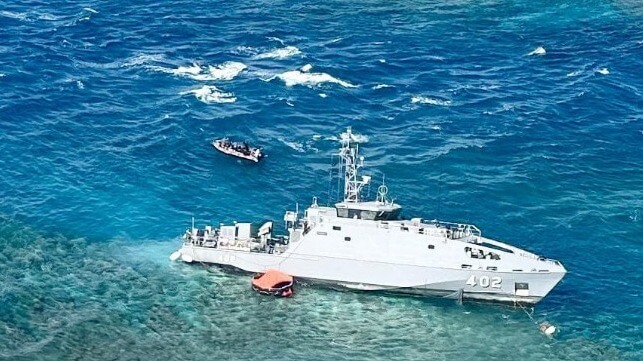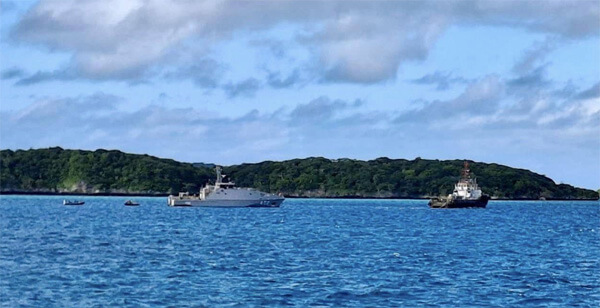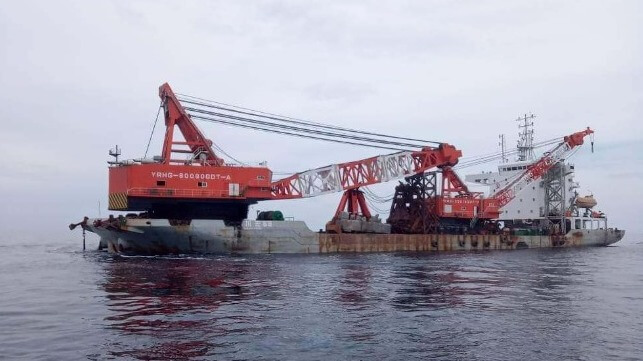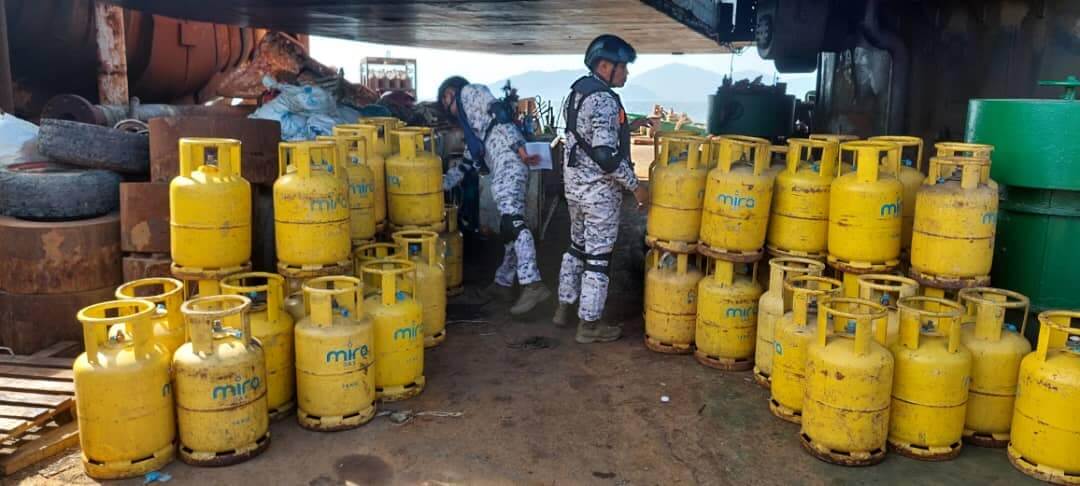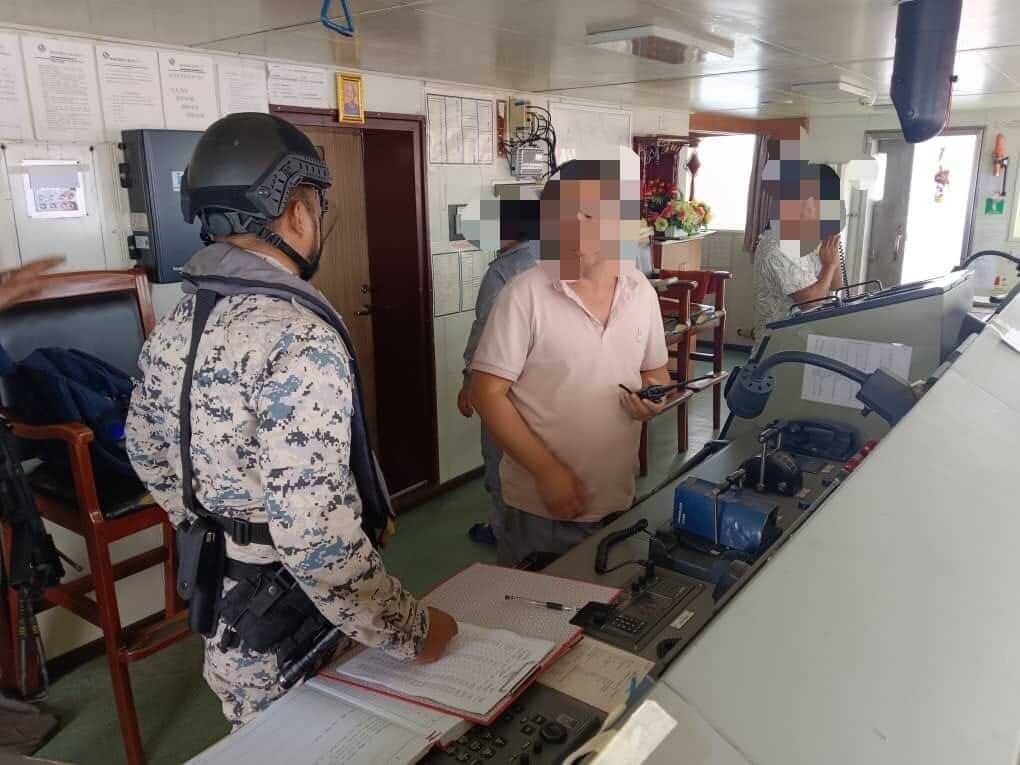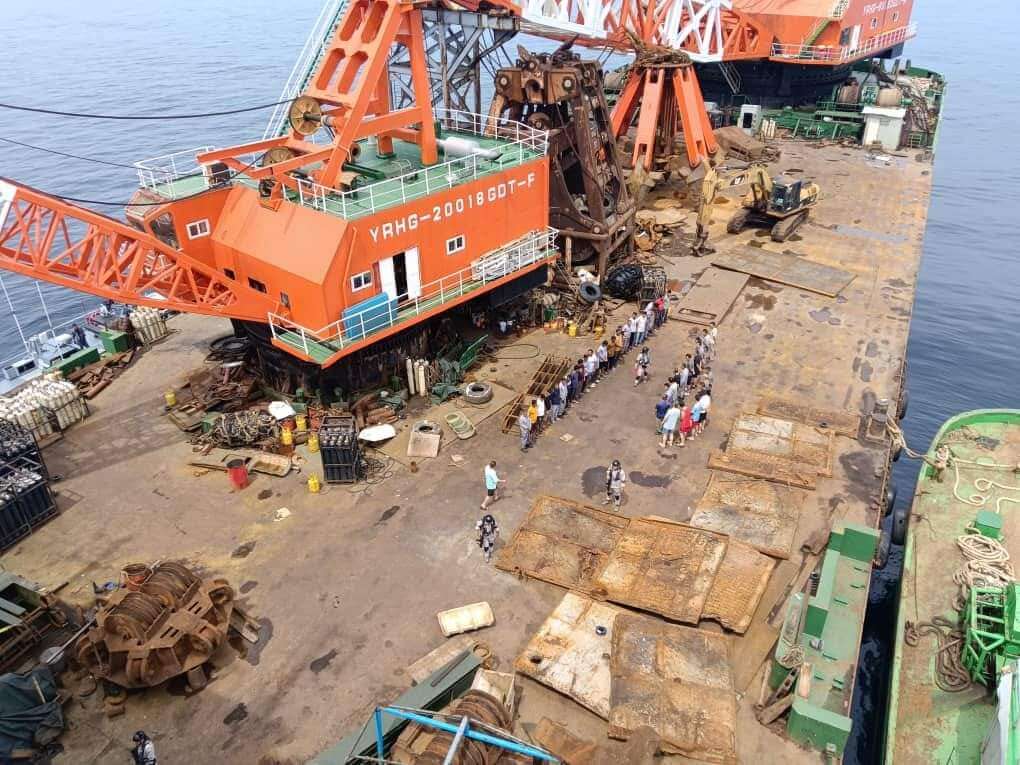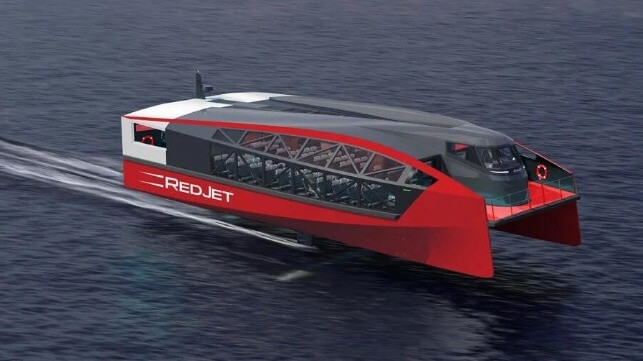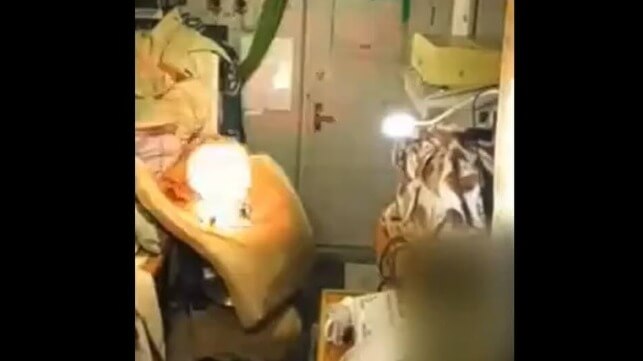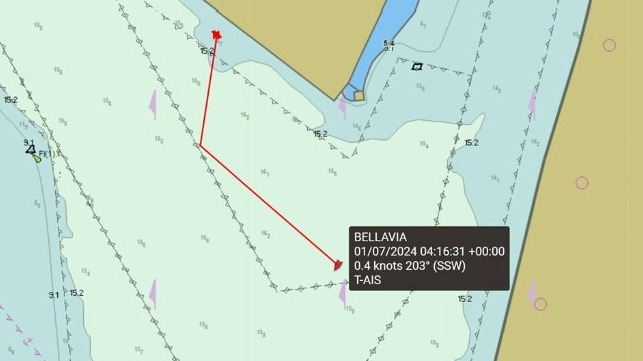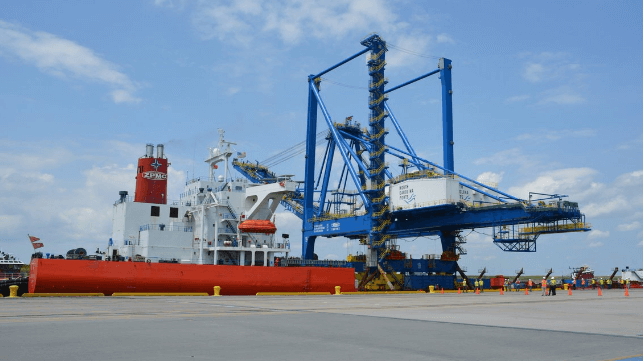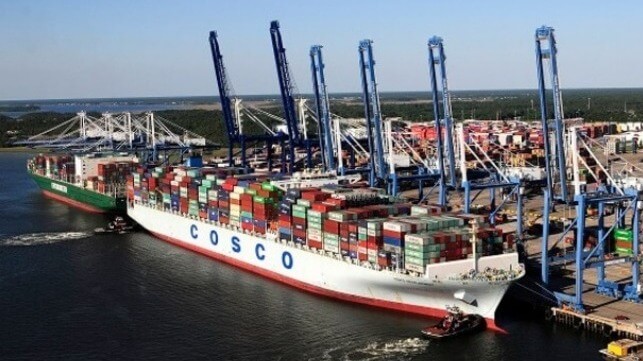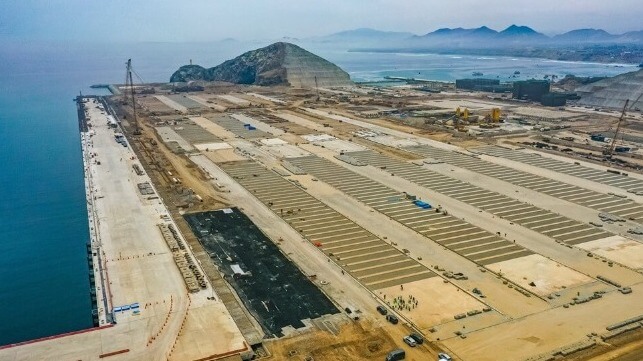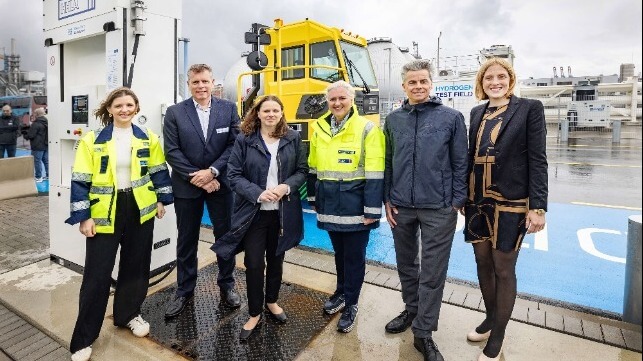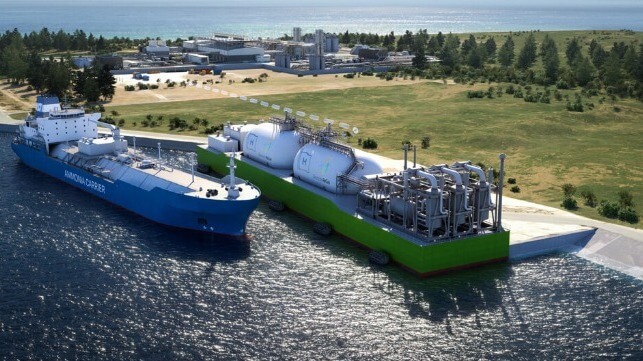Stella Maris Launches Tanzania Operation Due to Red Sea Attacks
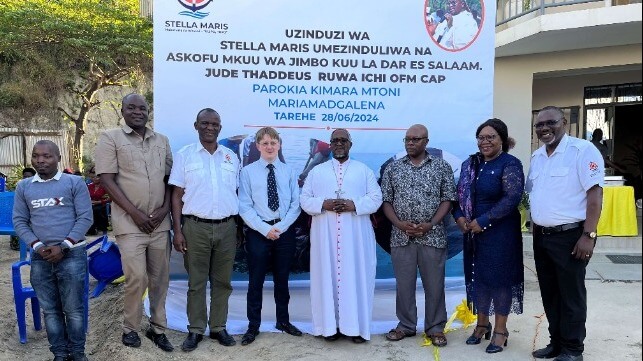
[By: Stella Maris]
The world’s largest ship visiting charity Stella Maris is extending operations in East Africa with the opening of a new operation in the port city of Dar es Salaam, Tanzania, to support seafarers and fishing communities.
Stella Maris Tanzania was officially inaugurated on Friday June 28 at a ceremony attended by the Archbishop of Dar es Salaam and representatives from local seafaring and fishing communities as well as those from the Kenyan Port Authority in Mombasa.
The new team is being spearheaded by chaplain Father Patrick Musumbu, a Kenyan national who has lived and worked in Tanzania for 7 years and is leaving the parish he has built there to lead Stella Maris in Dar es Salaam. He will work with a team of volunteers as part of a network including neighbouring centres along the East and South African coast. Their work will also take them into local fishing communities and to the island of Zanzibar.
Stella Maris’s Jonathan Heard, who is helping establish the team in Tanzania, said more seafarer support is vital on Africa’s East Coast with seafarers under increasing strain in the region.
“Our new mission opens at a time when seafarers need additional support with the rising numbers of vessels diverting here to avoid the Red Sea,” he said, “Not only does this mean more crews passing through the region; it also means that seafarers face being at sea significantly longer – sometimes months longer – than they anticipated. When seafarers spend very long periods of time at sea without adequate stops to rest and recuperate and without seeing anyone from outside their immediate crew, they are more likely to experience mental and physical health problems, and feelings of isolation and loneliness. We want to ensure that every seafarer visiting the African continent can get the help they need. That might be as simple as offering friendship and the opportunity to talk without judgement; providing free Wifi connectivity and the chance to make contact with family at home; arranging medical help for sick or injured seafarers; giving spiritual support regardless of faith or religion, or pastoral care for crews facing bereavement after a death on board.”
Fr Pat and his team will also work with local fishing communities along the Tanzania coast where a relatively high mortality rate of 1% is linked to unsafe practices as well as drug and alcohol misuse more common in poorer, rural areas. Their role will be to support these communities to fish more safely through education and practical support.
Stella Maris’s East and Southern Africa network is one of eight regional networks** set up and operated by the global charity to support seafarers and fishers around the world.
Jonathan Heard explains: “Our regional networks are coming together to share information and expertise and to advocate for seafarers and fishers in this part of Africa. Being part of a regional
network means that we’re not waiting for a problem to arise in port. Instead, we’re communicating with our colleagues in neighbouring countries to understand the needs of a ship’s crew or an individual seafarer and preparing to offer the right type of support, in-person, when they arrive in our port.”
Speaking on the day the new mission was inaugurated, Stella Maris CEO Tim Hill said: “We are delighted to welcome Father Pat and his team to our international network. Stella Maris Tanzania enhances our existing programme in the region and our ability to provide continuous welfare assistance, collective advocacy and direct action for seafarers, fishers and their families around the world.”
Stella Maris is the largest ship-visiting network in the world, and the official maritime charity of the Catholic Church. Its global network of more than 200 chaplains and 800 volunteers, and support staff are available in 353 ports across 57 countries and visit hundreds of thousands of seafarers and fishers every year. They provide practical and pastoral care through ship visits, welfare facilities, and a range of community-building activities.
*Other regions are North America and Caribbean, South America, North and West Africa, Indian subcontinent, South East Asia, Australasia, and Europe.
The products and services herein described in this press release are not endorsed by The Maritime Executive.
As More Ships Head for Cape Route, Stella Maris Sets Up for Crews' Needs
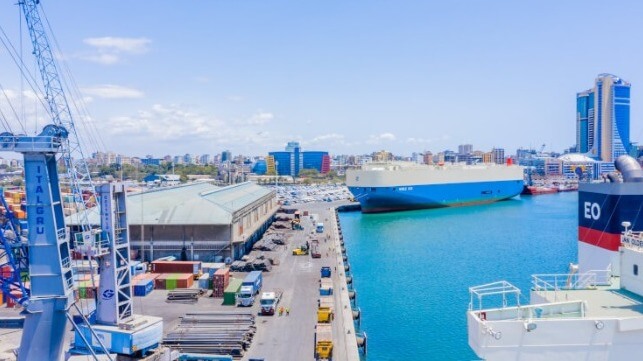
To meet the needs of the growing number of vessels on the Cape route, The maritime charity Stella Maris has launched a new office in the East African port of Dar es Salaam, Tanzania.
Due to the anti-shipping campaign launched by Yemen's Houthi rebels in the Red Sea, about half of the traffic that once passed through the Suez Canal has diverted to the Cape of Good Hope. While far longer, this is much safer for ships and seafarers than risking a Houthi missile or bomb-boat attack off Yemen, and it is bringing more business for ports along the route to the Cape. Ships need repairs, supplies and bunkers, and that means more traffic; Mombasa and Dar es Salaam are near the new trade lane between the Persian Gulf and the Cape, and positioned to receive more vessels. But the longer trip around Africa comes with its own stresses for crewmembers, according to Stella Maris.
"Our new mission opens at a time when seafarers need additional support with the rising numbers of vessels diverting here to avoid the Red Sea," said Stella Maris' Jonathan Heard. "Not only does this mean more crews passing through the region; it also means that seafarers face being at sea significantly longer – sometimes months longer – than they anticipated."
That extra uninterrupted time at sea can translate into loneliness and mental health challenges - which Stella Maris is set up to address with a range of services. The charity provides seafarers with free WiFi while in port; spiritual support and pastoral care; help in accessing medical care; and the simple benefits of a friendly conversation. "We want to ensure that every seafarer visiting the African continent can get the help they need," Heard says.
Stella Maris' team of chaplains and volunteers also communicate with each other to hand-off cases and ships from port to port, giving each location's staff a running start to help the vessel when it arrives. Now, Port of Dar-es-Salaam will be part of the network, and will be prepared to help seafarers passing through on a newly-popular route.
